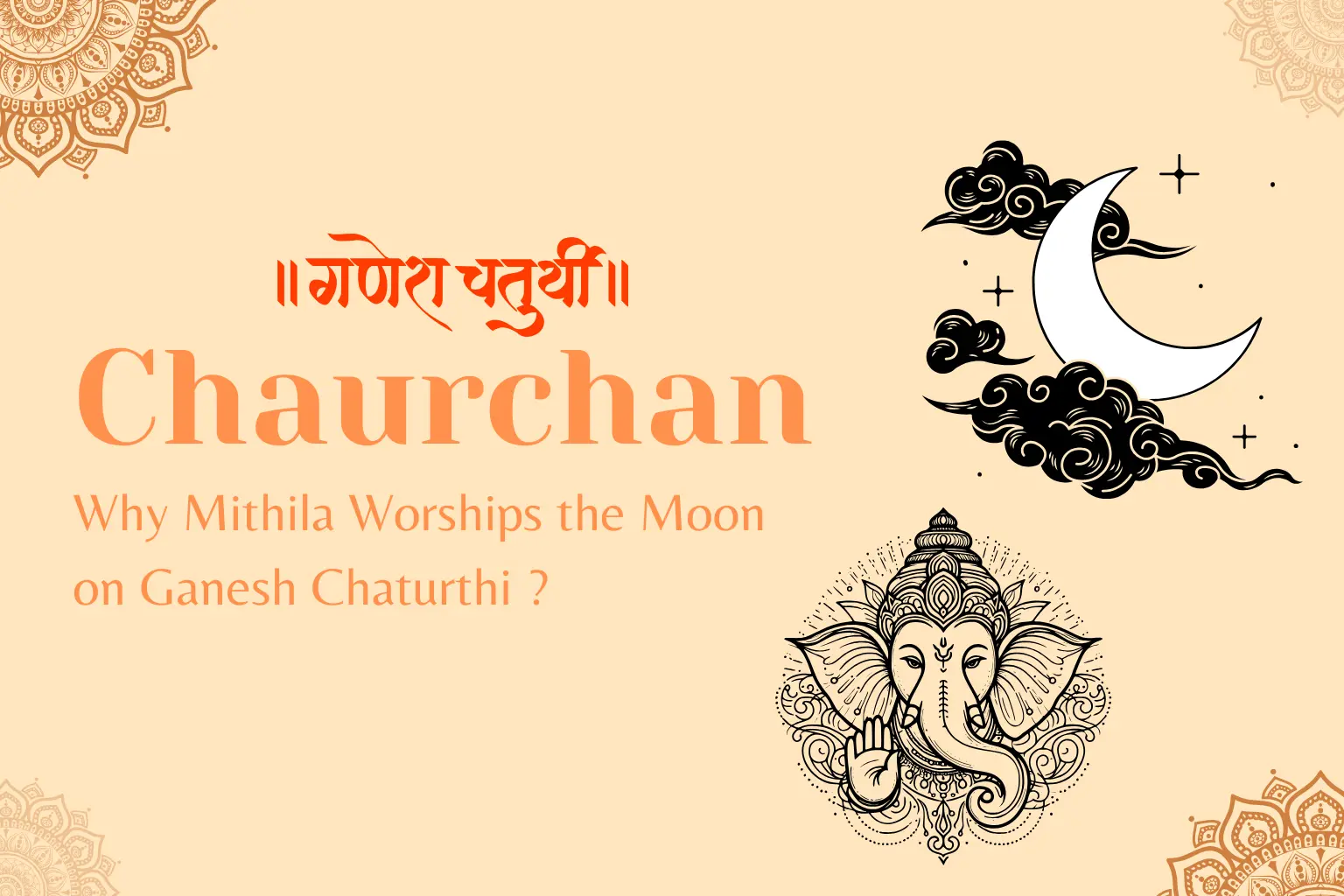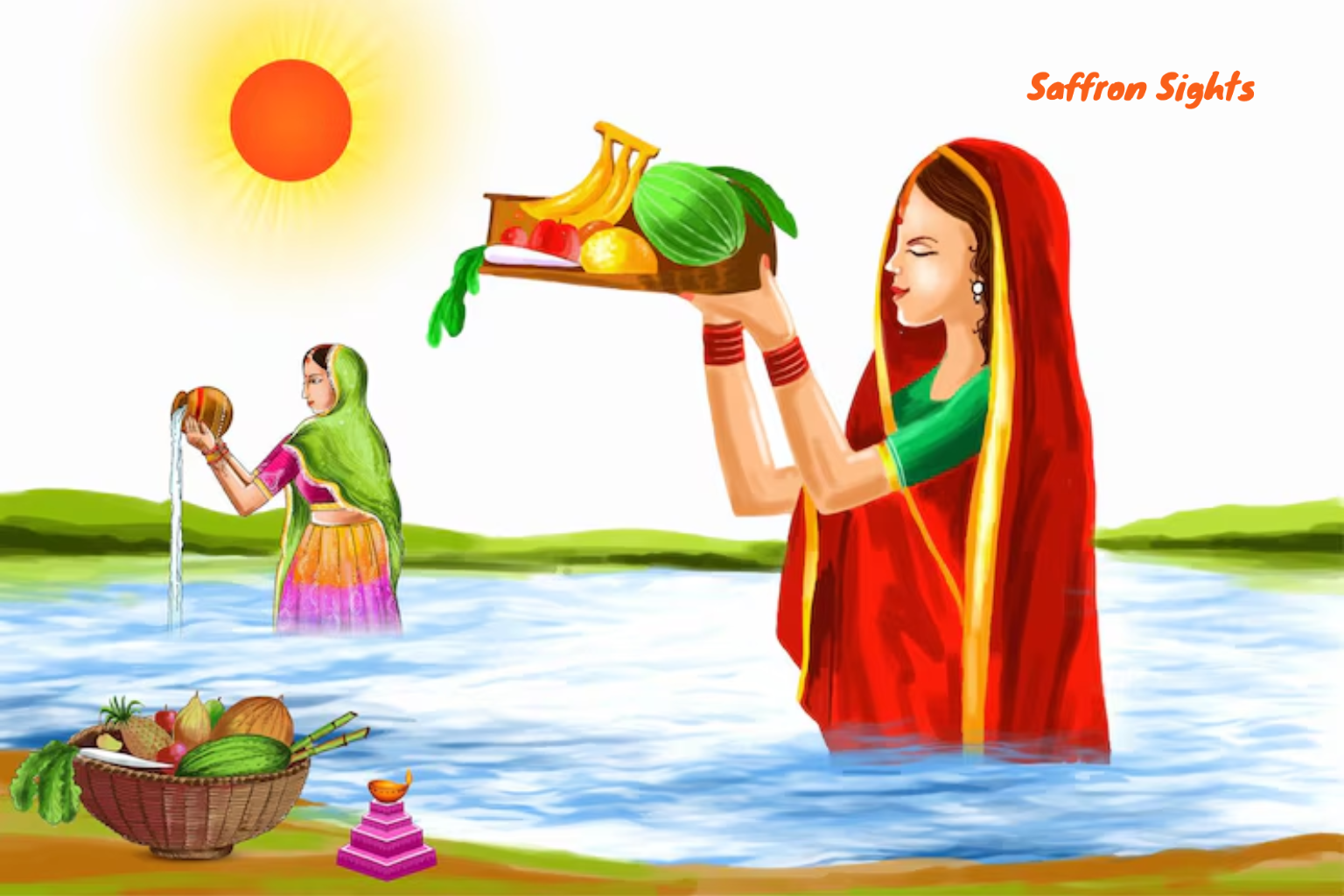| Darbhanga | |
|---|---|
| Important city in North Bihar, India | |
| Established | 01 January 1875 |
| Location | Darbhanga, Bihar, India |
| Status | Fifth largest city and municipal corporation in Bihar |
| Historical Significance | Seat of the Khandwala zamidaar dynasty under Mughals and British India |
| Medical Importance | Home to Darbhanga Medical College and Hospital, and site for second AIIMS in the state |
| Cultural Identity | Known as the “Cultural Capital of Bihar” and “Heart of Mithilaanchal” with rich musical, folk art, and literary traditions |
| Demographics | Population of approximately 296,039 as of 2011 |
Nestled in the heart of Bihar, Darbhanga District is a captivating blend of history, culture, and natural beauty. Known as the “Cultural Capital of Bihar,” this district offers a mesmerizing glimpse into the rich traditions of the Mithila region. Darbhanga’s vibrant festivals, ancient temples, and stunning art forms attract not only locals but also tourists who are eager to explore its unique cultural heritage.
Whether you’re a history enthusiast, a lover of art, or someone who cherishes natural wonders, Darbhanga promises an experience that will stay with you forever.
Historical Significance: Where Mythology Meets Reality
Darbhanga’s roots are steeped in the ancient history of Mithila, a region that finds mention in the epics Ramayana and Mahabharata. The district derives its name from Darbhangi Khan, a military commander during the Tughlaq dynasty. Over the centuries, this region has been a center of learning, culture, and spirituality. It’s the birthplace of the renowned Maithili poet Vidyapati and boasts connections with the Janak dynasty, including King Janak, the father of Sita.
During British rule, Darbhanga became a separate district in 1875 and continues to serve as a link to India’s rich cultural narrative. Darbhanga Fort, built by the Raj Darbhanga dynasty, still stands as a reminder of the district’s historical grandeur.
A Cultural Haven: Festivals, Language, and Art
The cultural richness of Darbhanga is unparalleled, offering an authentic glimpse into Mithila’s traditions. Visitors can immerse themselves in the district’s lively festivals that feature colorful processions, traditional dance, folk music, and dramas. Some of the must-see festivals include:
- Janmashtami Mela
- Kartik Purnima Mela
- Dussehra Mela
- Diwali Mela
Each festival provides a window into the Maithili culture, with Maithili, Hindi, and Urdu spoken widely. The rhythmic folk music and traditional Maithili songs are an auditory delight, capturing the essence of the district’s diverse communities.
Art and Craft of Darbhanga: A Visual Feast
One of the most iconic elements of Darbhanga’s cultural landscape is Madhubani paintings, also known as Mithila art. These intricate paintings, often done with natural dyes, are known for their vibrant colors and detailed depictions of gods, goddesses, and everyday life. Madhubani painting is not just an art form but also a key contributor to the local economy, with international recognition bringing more tourism to the region.
The artistic expressions in Darbhanga do not end with Madhubani. Local crafts, including Maithili handicrafts and textile weaving, also make the district a shopping haven for art lovers.
Also Read: Discovering Madhubani and the Heartbeat of Mithila’s Culture
Natural Beauty: A Sanctuary for Nature Lovers
In addition to its cultural wealth, Darbhanga is home to scenic natural attractions. Kusheshwar Asthan Bird Sanctuary is a paradise for bird watchers, especially during the migratory season from November to March. Here, you can spot a variety of migratory birds, making it a must-visit for nature lovers.
Other natural sites in Darbhanga include:
- Ahilya Sthan: A mythological temple dedicated to Ahilya, the wife of Gautam Rishi. This temple is a spiritual retreat for devotees and an intriguing spot for mythology enthusiasts.
- Kankali Temple: Situated near Darbhanga Fort, this ancient temple dedicated to Goddess Shakti is another attraction that draws tourists year-round.
- Mahinam-Mahadeo-Sthan: A temple devoted to Lord Shiva, attracting devotees from across the region.
The district’s natural beauty is further enhanced by its rivers, scenic landscapes, and ancient architecture that blend harmoniously with the environment.
Culinary Delights: A Taste of Tradition
The flavors of Darbhanga are as rich as its cultural heritage. The district offers a range of mouth-watering Maithili delicacies that capture the essence of Bihar’s traditional cuisine. Some must-try dishes include:
- Makhana: Darbhanga is known for its cultivation of Makhana (fox nuts), used in a variety of dishes, including Makhana Kheer, a sweet delicacy.
- Kadi-Bari: A popular local dish that combines fried gram flour dumplings in a tangy yogurt-based curry.
- Mughlai Cuisine: Influenced by the region’s historical connections with the Mughal empire, dishes like Paya, Nihari, and Kebabs add a flavorful touch to Darbhanga’s culinary scene.
- Sattu and Lassi: Popular beverages that are enjoyed by both locals and tourists.
The food in Darbhanga is an enticing mix of flavors that bring together traditional Maithili cuisine and influences from Mughal and Bihari culinary traditions.
Exploring Darbhanga: A Journey of a Lifetime
Visiting Darbhanga offers a unique opportunity to step back in time and immerse yourself in the rich tapestry of Mithila’s culture. From its historic landmarks like Darbhanga Fort to its vibrant festivals, natural wonders, and delicious food, Darbhanga captivates every kind of traveler.As you explore the district, take time to visit the temples, shop for Madhubani paintings, and experience the lively street food scene. Each corner of Darbhanga offers a new discovery, making it a must-visit destination in Bihar.
Frequently Asked Questions
What is the best time to visit Darbhanga District?
The best time to visit Darbhanga is from November to March when the weather is pleasant, and the migratory birds arrive at Kusheshwar Asthan Bird Sanctuary.
What are the main attractions in Darbhanga?
Key attractions include Darbhanga Fort, Kusheshwar Asthan Bird Sanctuary, Ahilya Sthan, Kankali Temple, and the Shyama Temple.
What local festivals should tourists experience in Darbhanga?
Visitors should experience Janmashtami Mela, Kartik Purnima Mela, Dussehra Mela, and Diwali Mela, all of which reflect Darbhanga’s rich cultural heritage.
What traditional food should tourists try in Darbhanga?
Must-try foods include Makhana Kheer, Kadi-Bari, Paya, Nihari, Kebabs, and beverages like Sattu and Lassi.
Is Darbhanga known for any traditional art forms?
Yes, Darbhanga is famous for Madhubani paintings, a traditional form of Mithila art that is known for its intricate designs and vibrant colors.





Leave a Reply